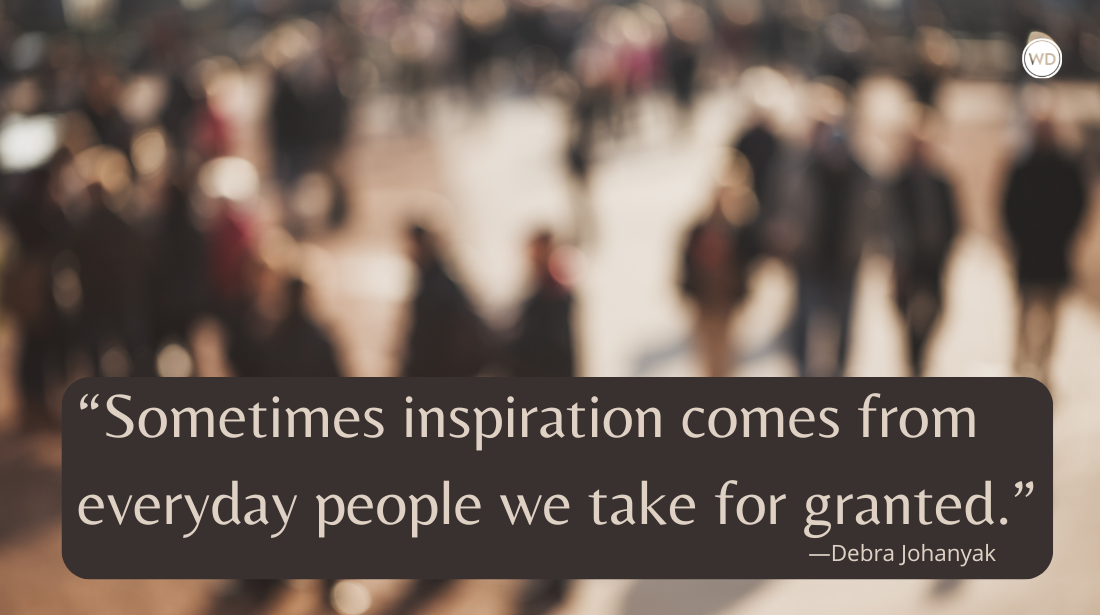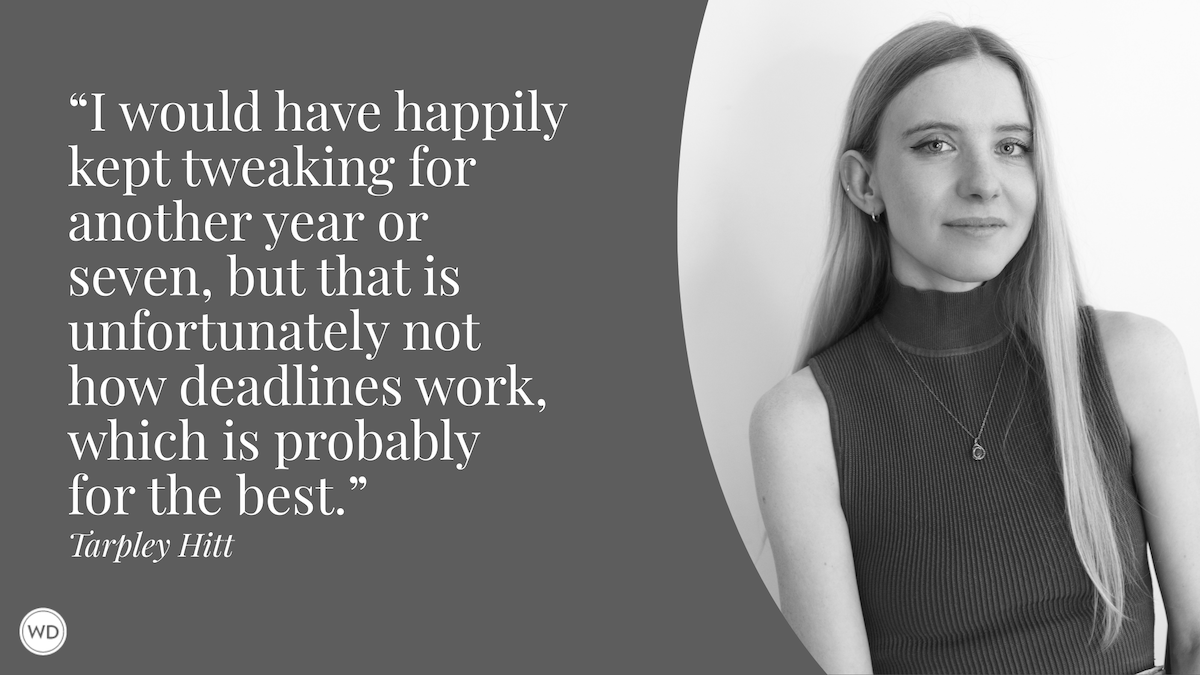Craig Thompson: On Working Through Writing Slumps
In this interview, author Craig Thompson discusses the evolution of an essay-driven documentary into his new memoir, Ginseng Roots.
Craig Thompson was born in Michigan in 1975 and raised in rural Wisconsin. His acclaimed books Blankets and Habibi have won four Harvey Awards and three Eisner Awards, alongside a Grammy nomination for his album cover artwork for the band Menomena. While drawing Ginseng Roots, Craig moved 12 times between Los Angeles, California, Minneapolis, Minnesota, and Portland, Oregon. Follow him on Facebook and Instagram.
In this interview, Craig discusses the evolution of an essay-driven documentary into his new memoir, Ginseng Roots, his hope for readers, and more.
Name: Craig Thompson
Literary agent: PJ Mark, Janklow & Nesbit
Book title: Ginseng Roots
Publisher: Pantheon
Release date: April 29, 2025
Genre/category: Memoir; documentary
Previous titles: Blankets (2003, Drawn & Quarterly), Habibi (2011, Pantheon), Good-bye, Chunky Rice (1999, Pantheon), Carnet de Voyage (2004, Drawn & Quarterly), Space Dumplins (2015, Scholastic)
Elevator pitch: Ginseng Roots follows the author’s childhood laboring on ginseng farms in rural Wisconsin to the many tangled threads of this medicinal Chinese root; the trade relationship between China and the U.S., class divide, child labor, immigration, corporate agriculture, environmentalism, plant-based healing, and holistic healing for the global economy.
What prompted you to write this book?
In an age of environmental crisis, I wanted to write a book with a plant at the center of the narrative. Ginseng is a medicinal root prized in Chinese medicine that initiated the trade relationship between China and the U.S. during the birth of our nation in 1784. But it was also my very first job, working 40 hours a week during my summer vacations when I was 10 years old, being paid a dollar an hour, which in my young mind translated to “one comic book an hour.” We were a poor, working-class family; and without ginseng work, I wouldn’t have been able to afford the comic books that influenced my future career.
How long did it take to go from idea to publication? And did the idea change during the process?
14 years between inception and publication! Ginseng Roots began with a research trip to China in April 2011, distracted for years by other projects, resumed in 2017 with a book tour in South Korea, and the first International Ginseng Festival in my hometown, Wisconsin. What was initially intended as an essay-driven documentary with a plant at its center expanded to a memoir, a sequel of sorts to Blankets, exploring my childhood and dynamics with my family, my hometown, and the work that I do, then and now.
Were there any surprises or learning moments in the publishing process for this title?
The biggest learning curve was serializing the book as 12, 32-page pamphlets, the first time I worked in this traditional comic book format during my 25-year cartooning career. Then, when the series was complete, realizing it lacked a narrative thread to tie all the individual issues together, I added 70 narrative pages to the final book. These focus on my own personal health crisis and the rapid degeneration of my drawing hand, which began with an injury in China, led to years of treatments—including radiation, and culminated with Chinese Medicine and ingesting ginseng.
Were there any surprises in the writing process for this book?
The book begins with my personal recollections of working in ginseng agriculture but expands to interviews with nearly 80 people—from my earliest employers to the current mega-growers with gardens 1,000 times the size I worked on. I interviewed growers, buyers, distributors, Chinese Medicine practitioners, Hmong farmers from refugee camps, retailers in South Korea, and wild ginseng hunters in Northeast China.
The two biggest surprises are that my tiny hometown, population 1,200, was the largest producer of American Ginseng in the world when I was kid. Equally surprising was that the biggest producer of Wisconsin Ginseng is now China, grown from Wisconsin seed, but in Chinese soil, on endless acreage of corporate farms.
What do you hope readers will get out of your book?
The book illustrates the way one agricultural crop can connect opposite ends of the earth, and a huge diversity of people and lived experiences. More importantly, I hope my memoir allows readers to access their own memories of family, where and how they grew up, and the meaning and value of our labor.
If you could share one piece of advice with other writers, what would it be?
Always, my advice is simply to finish something. In my youth, I used to start many projects and abandon them after 10 or 20 pages. The first book I completed (Good-bye, Chunky Rice in 1999) finally kick-started my career momentum. Now, in mid-career slump, I found myself starting and abandoning books again, at least three different projects, before finally sticking with Ginseng Roots. It was the most strenuous book of my career, but emerging on the other side, I feel like I truly survived something.









